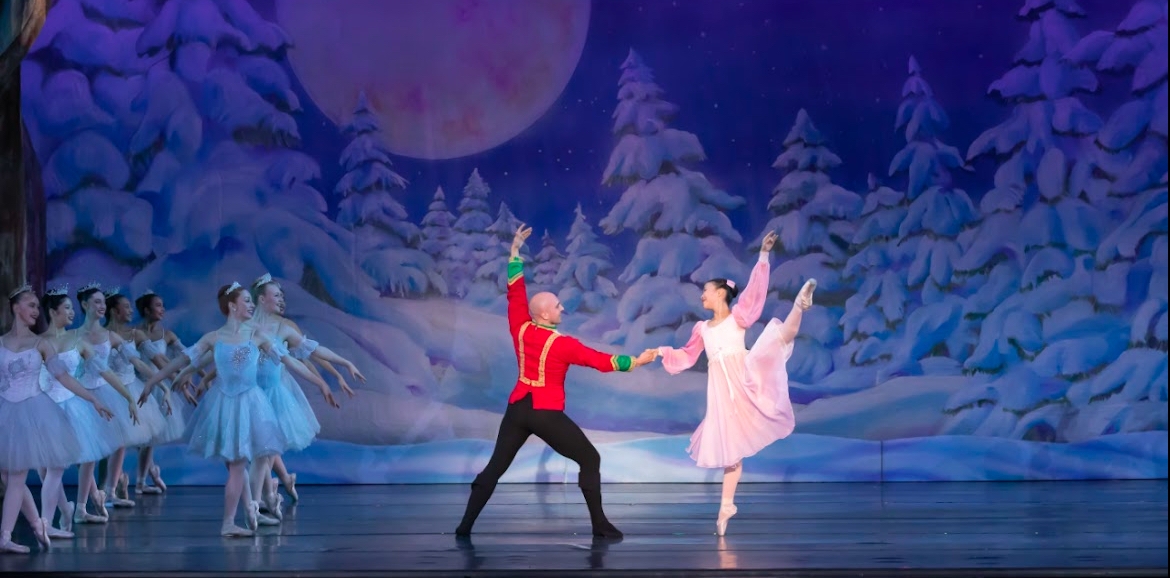The first note of a song swells in the air, holding as if in anticipation of the performance ahead. The ballet dancers step out, performing each in their own way. Their lithe, graceful moves beneath the glaring lights tell a story far beyond the movements seen on stage.
The dedication that goes into appearing graceful when dancers perform is much more than others may expect. It takes a lot of time and discipline to keep a dancer’s body in peak condition—for example, CHS junior Enya Wang. Having been performing since age five, Wang explained the commitment that goes into ballet.
“It’s not just a sport,” Wang said. “It’s an art form. It’s an aesthetic. It’s a lifestyle—not just an after school activity. After school, I go straight to ballet. I train till eight or nine PM, Mondays through Saturdays. And to look the way that ballet needs you to look, you have to stay very consistent with the physical work.”
Wang is not the only dancer on CHS campus, though. Senior Yaroslava Willard, now a retired ballerina, had similar thoughts.
“We had to be on our best behavior every rehearsal and performance,” Willard recalled. “Absolutely no talking.”
Hours spent perfecting each move is necessary due to execution restrictions. Wang admits in her early years of performing, she initially found ballet boring due to this lack of freedom of expression. Her opinion towards the sport slowly shifted, as she came to realize that personal touch is the way a dancer gives life to a move. With that realization came her passion for the sport.
“And then all of a sudden, I’m just like, ‘this is who I am’,” Wang said. “It was like everything was accumulating into this identity that I never thought I would have.”
However, like many other sports, ballet can be mentally and physically demanding of their performers. The pressure to have a specific physique has driven ballet dancers to experience issues like body dysmorphia, eating disorders, and imposter syndrome. Wang was very adamant about wanting change in this particular area, having experienced all of them.
“I’m still on the path to recovery from such experiences,” Wang said. “And it’s a very sensitive topic for me and for many dancers because—especially in society—there’s this belief that when you look a certain way, you have to appear that you’re not trying to look that way.”
Wang would like to see a push to change this, starting with the physical appearances these performers need to fit. Ballet dancers typically have long limbs, a small torso, waist, and rib cage. From day one, it seems that many coaches push for their students to meet these standards, even if it comes at a cost to their mental health.
“I’ve seen dancers struggle with food in very extreme ways,” Wang said. “And I think it can be traumatic and damaging, especially when you’re growing as a teenager and surrounded by so many driven young women. It’s difficult to say, ‘I’m gonna honor my needs’ because, really, in a professional environment like that, it’s just not possible.”
Despite their dainty appearance and elegance on stage, ballet dancers put just as much effort into their craft as any other player in their respective sport. They carry themselves with a quiet strength through their careers, and it is not something to be ignored.














